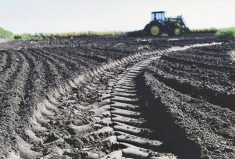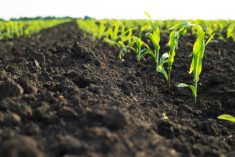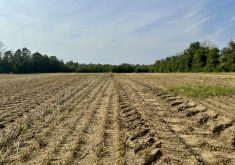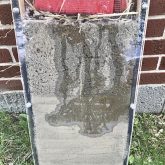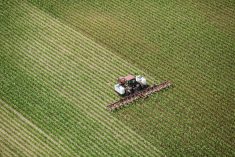Glacier FarmMedia – American scientists have identified an accurate method to assess soil health.
They found that the amount of carbon dioxide released, after wetting a sample of dry soil and letting it sit for one day, is an excellent measuring stick for soil health.
Why it matters: A simple method to gauge soil health could replace previous subjective measures and be a more useful guide for farmers.
Read Also
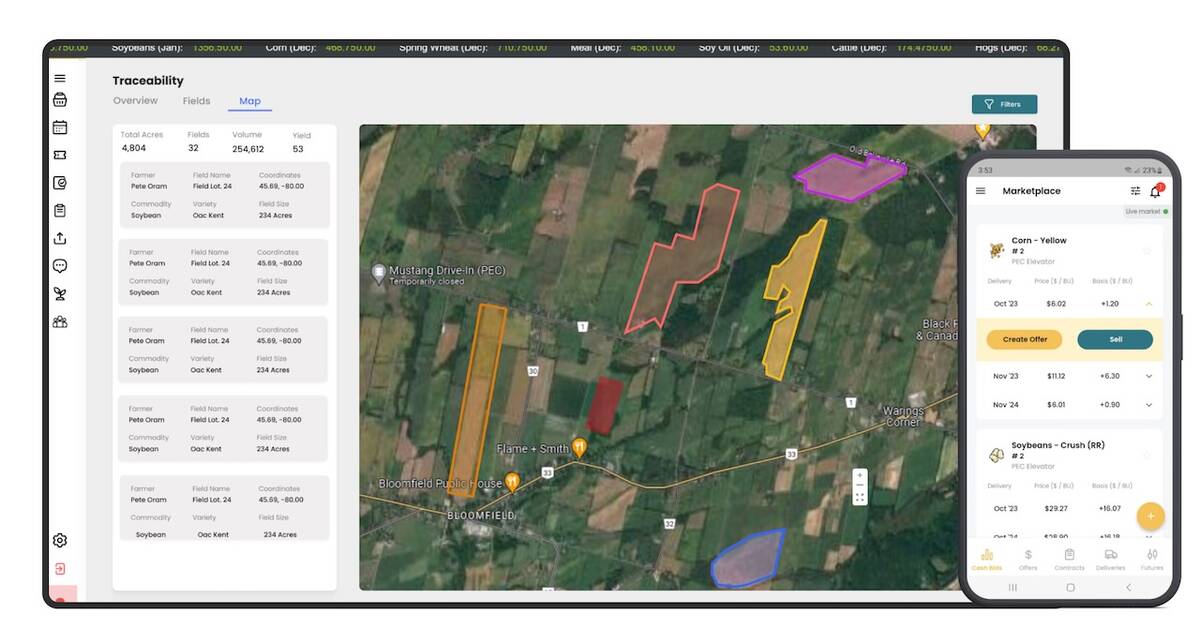
Ontario company Grain Discovery acquired by DTN
Grain Discovery, an Ontario comapny that creates software for the grain value chain, has been acquired by DTN.
“Because of its stronger relationship with soil properties and crop yield … (it) can be used as a simple, rapid, reliable, and inexpensive indicator of measuring soil health in dryland cropping systems,” the researchers wrote in a paper published in the Soil Science Society of America journal.
In the last few years, food companies, producers and researchers have taken a keen interest in soil health tests, which are connected to the increased focus on regenerative farming.
Companies including PepsiCo, General Mills, Cargill and others have made commitments to increase adoption of regenerative agriculture, a system where farmers use cover crops, diverse rotations, livestock and other means to build healthy soils and reduce crop inputs like fertilizer and pesticides.
PepsiCo, for instance, has committed to boost regenerative agriculture practices by seven million acres.
But without data, soil health becomes subjective. It’s one person saying the soil from one field is healthy and a nearby field is unhealthy. Hence the need for a simple and reliable test.
“Farmers, producers, and managers … want to use soil health assessments to measure the level of desired properties in their soil, like soil aggregation, microbial activity, nutrient cycling, salinity, acidity and organic matter,” the United States Department of Agriculture said in a news release.
“Generally, producers have to use several methods and indicators to measure many soil properties, and testing can become expensive.”
USDA scientists in Montana evaluated two ways of carrying out a carbon dioxide test, where water is added to a sample of dry soil and then incubated in a jar. A soil that releases more carbon dioxide indicates more microbial activity and a healthier soil.
The researchers compared a test where soil was kept in the jar for four days, versus a method where it remained in the jar for one day.
After collecting the soil samples from sites in Montana and doing the tests, the scientists then compared the results to 54 physical, chemical and biological soil properties. They also correlated the tests to crop yields at the Montana sites.
The results showed that the one-day test was a better indicator of soil health.
“(The) one-day incubation method was not only faster, but also accurate because it is connected to more soil properties and had a better relationship with crop production than the four-day method,” said USDA soil scientist Upendra Sainju, one of the researchers who worked on the project.
“The shorter time required for incubation and mixing soil with water without the use of chemicals also make it more practical and cheaper for producers.”
Measuring the release of carbon dioxide isn’t a new way to test for soil health. The Solvita test is a well-known method to measure carbon dioxide respiration.
On its website, Solvita stated there are a number of reasons why carbon dioxide is reflective of soil health:
- The amount of CO2 released is an indicator of biological activity.
- CO2 respiration is a measure of nutrient mineralization, or how the soil releases nutrients like phosphorus and nitrogen.
- It’s an indicator of carbon sequestration — “the greater the release of CO2 the greater the reservoir in the soil”.
Soil health tests could soon become more common in agriculture because governments and private industry are determined to reduce greenhouse gas emissions in farming. Food companies may use test results as a metric to ensure that farmers in their supply chain are maintaining healthy soil and growing crops in a climate-friendly manner.
“We know we have to do even more to create truly systemic change,” said Jim Andrew, PepsiCo chief sustainability officer. “By focusing on regenerative agriculture practices at the local level to build soil health, we can build a stronger foundation for our products and help make the entire food system more sustainable.”
This article was originally published at The Western Producer.




